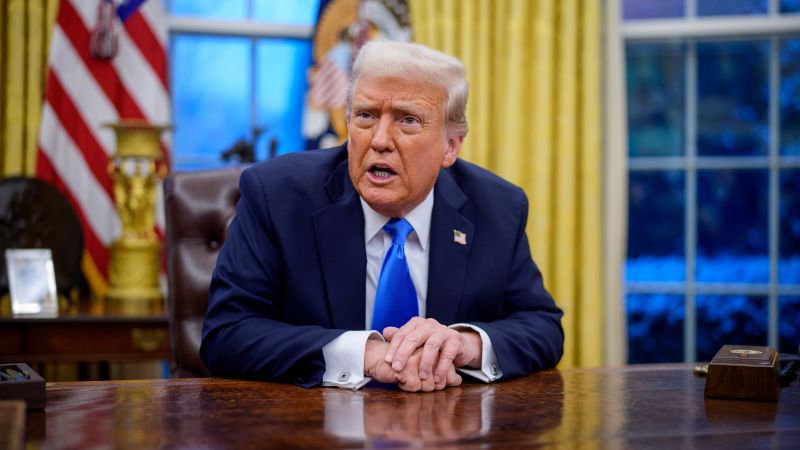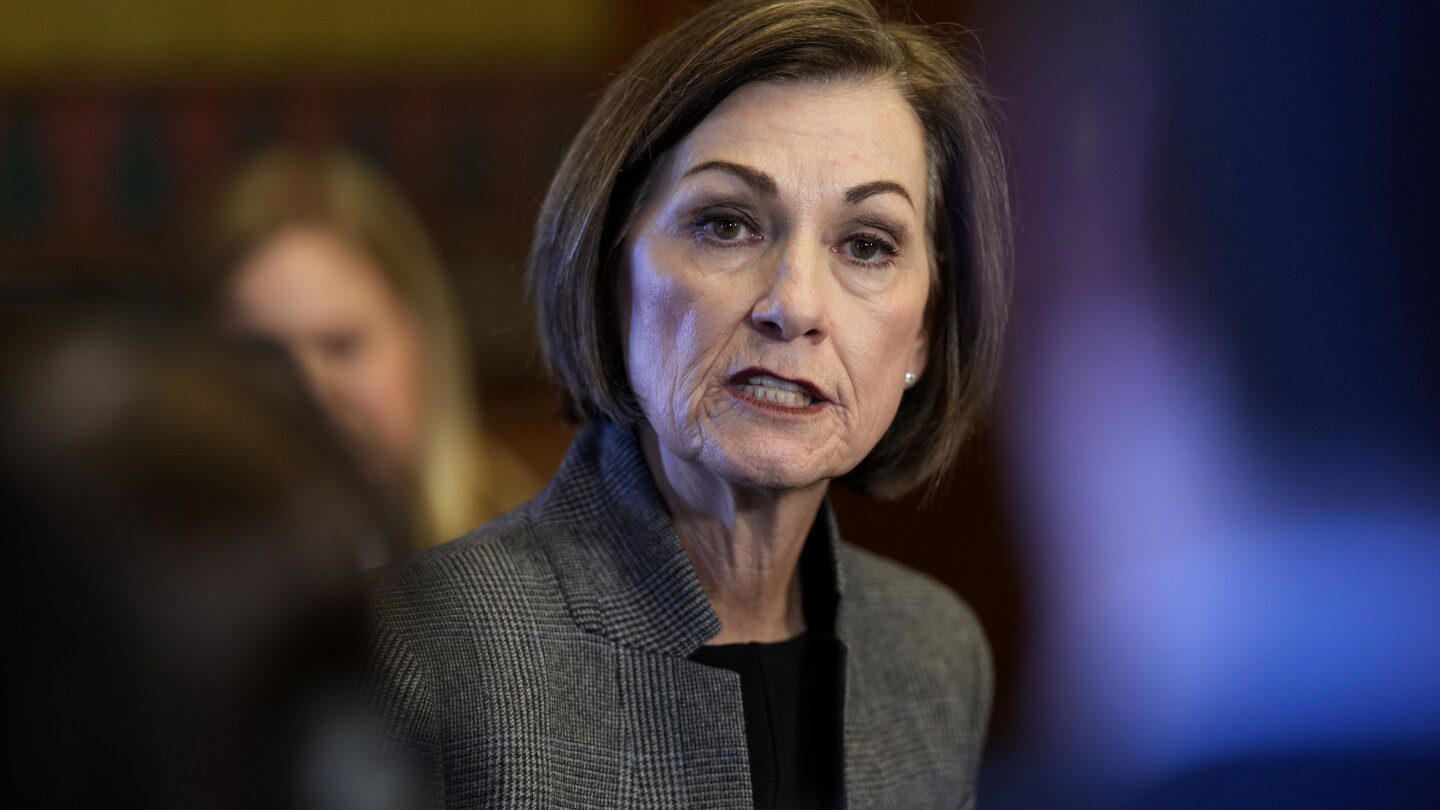
CNN
—
On Thursday, President Donald Trump excitedly announced on Truth Social plans for a new series of extensive reciprocal tariffs, designed to equalize the higher duties that other countries impose on American products.
“THREE AMAZING WEEKS, MAYBE THE BEST EVER, BUT TODAY IS THE IMPORTANT ONE: RECIPROCAL TARIFFS!!! MAKE AMERICA GREAT AGAIN!!!” Trump declared early on Thursday.
Implementing reciprocal tariffs has been a central promise of Trump’s campaign — a strategy meant to respond to foreign governments that impose taxes on U.S. exports and to rectify what he describes as unjust trade practices.
“In simple terms, if they charge us, we charge them,” Trump said on Sunday, justifying his approach to implementing reciprocal tariffs. More details about these tariffs are expected to be revealed ahead of his meeting with Indian Prime Minister Narendra Modi, according to White House press secretary Karoline Leavitt.
Leavitt supported Trump’s viewpoint on Wednesday, stating, “This is something he strongly believes in, and there’s straightforward logic behind why the president wants to impose reciprocal tariffs.” She emphasized that other countries have been “taking advantage of” the US, and that’s why the president sees this policy as beneficial for American workers and national security.
Despite the bold claims, it is still uncertain what the announcement on Thursday will entail. Initially expected on Tuesday or Wednesday, it has already faced delays. Trump’s economic advisors, Peter Navarro and Kevin Hassett, both spoke to CNN this week, attempting to manage expectations regarding the upcoming plans. Hassett mentioned ongoing negotiations while Navarro indicated that the announcement might be focused on investigating the feasibility of reciprocal tariffs rather than immediately enacting them.
Tariffs are a vital component of Trump’s strategy for generating revenue to support the extension of his 2017 tax cuts along with additional promised reductions. However, economists warn that the impact of these tariffs may ultimately be borne by American consumers, as importers typically pass added costs onto retailers, leading to price increases for buyers.
The new tariffs are expected to have the most significant impact on developing nations, particularly India, Brazil, Vietnam, and various Southeast Asian and African countries, which currently exhibit the largest discrepancies in tariff rates on US goods compared to those charged by the US.
For example, data from the World Bank shows that in 2022, the average tariff rate for imports from India to the US was 3%, while India charged an average rate of 9.5% on imports from America.
However, given that Trump is set to meet Modi on Thursday, there is potential for the two leaders to agree on terms that might delay or eliminate new tariffs on Indian exports to the US. Last year, India exported goods valued at $87 billion to the US, in contrast to $42 billion in exports from the US to India, as per Commerce Department statistics.
The proposed reciprocal tariffs come in addition to a recent 10% blanket tariff that took effect last week, along with existing tariffs on Chinese products and a 25% duty on steel and aluminum announced by Trump on Monday.
Should Trump proceed with the delayed 25% tariffs on goods from Mexico and Canada set for March 1, the cumulative effect of import taxes on products from China, Mexico, and Canada could result in an annual tax increase of over $1,200 for the average American household, according to researchers from the Peterson Institute. These reciprocal tariffs would likely exacerbate this financial burden.
The US relies on importing goods that are not only more affordable to produce abroad but can sometimes be impossible to manufacture domestically.
Products such as medical-grade gloves, as well as essential electronic components like resistors and capacitors commonly found in household appliances, could experience price increases. Additionally, European vehicles, which currently face a 2.5% tariff in the US, would likely incur higher costs. Conversely, American cars exported to EU nations are subjected to a 10% tariff.
If American consumers are unable to transition to less expensive alternatives, they will likely absorb the cost of these tariffs, according to Justin Weidner, an economist with Deutsche Bank. The ability of manufacturers, retailers, or other companies within the supply chain to absorb some of these costs will also influence the final financial impact.









